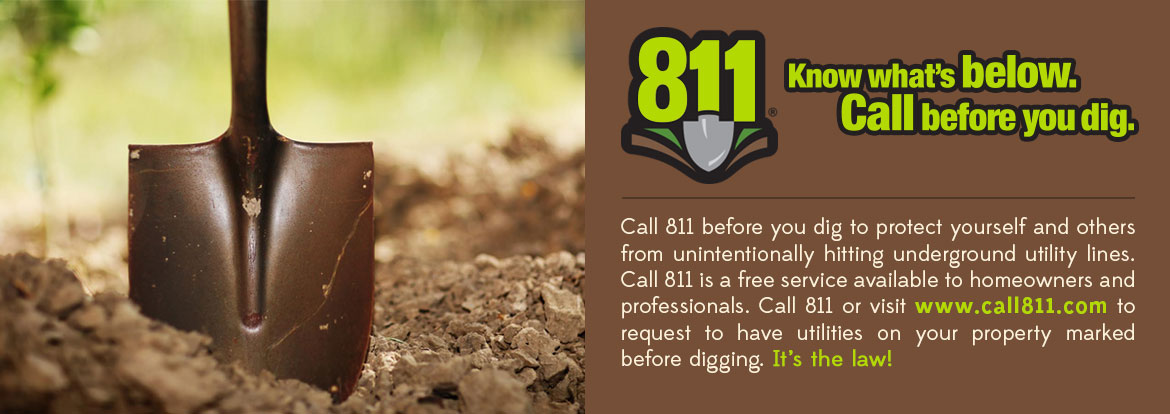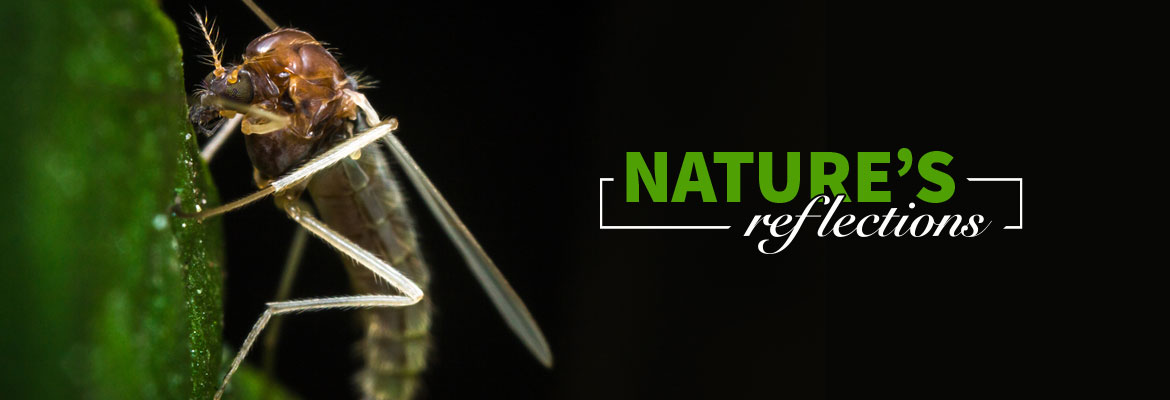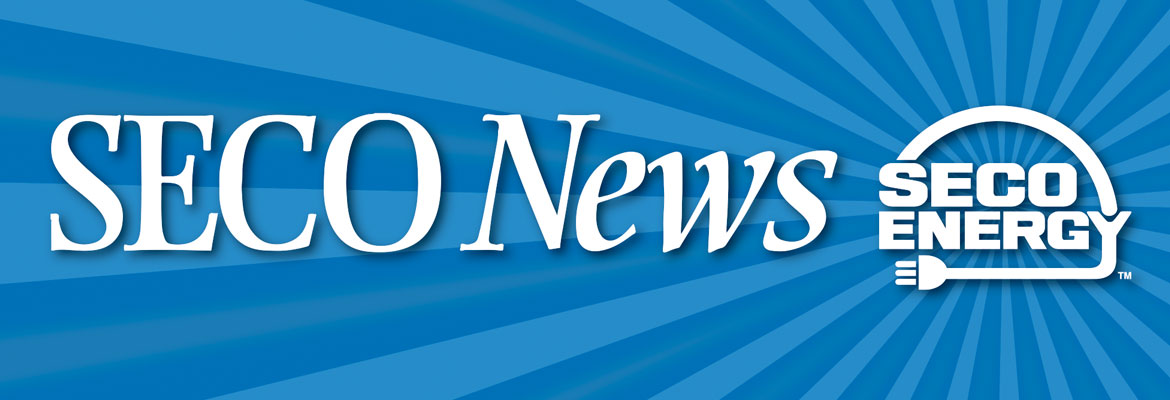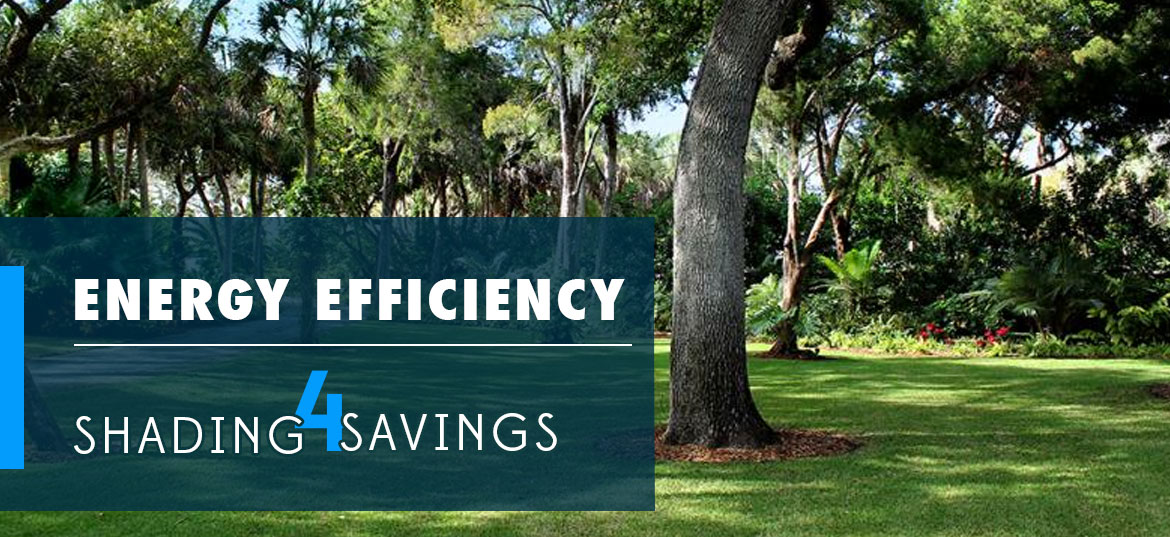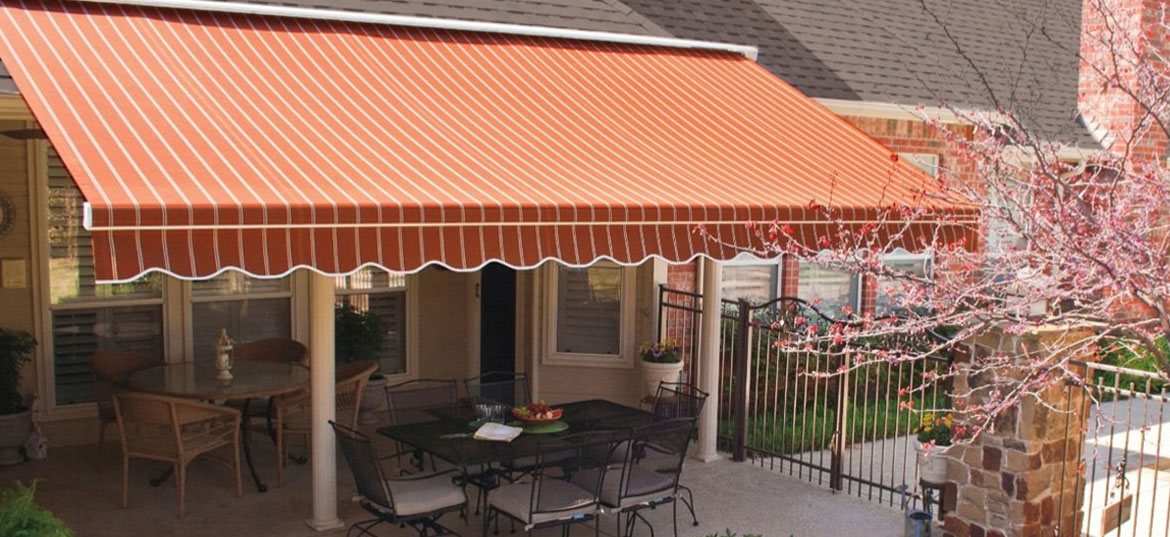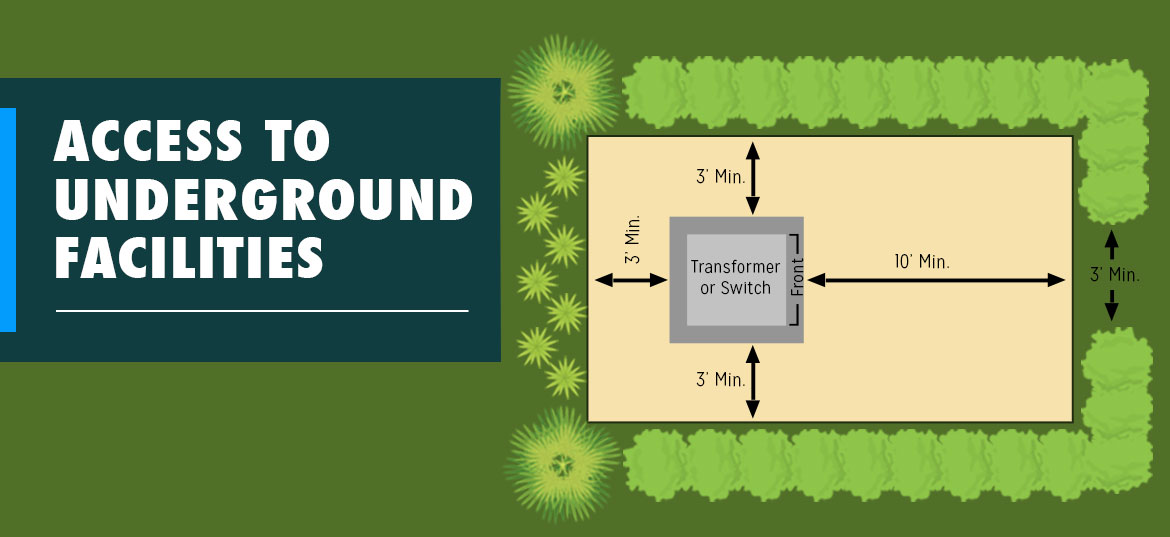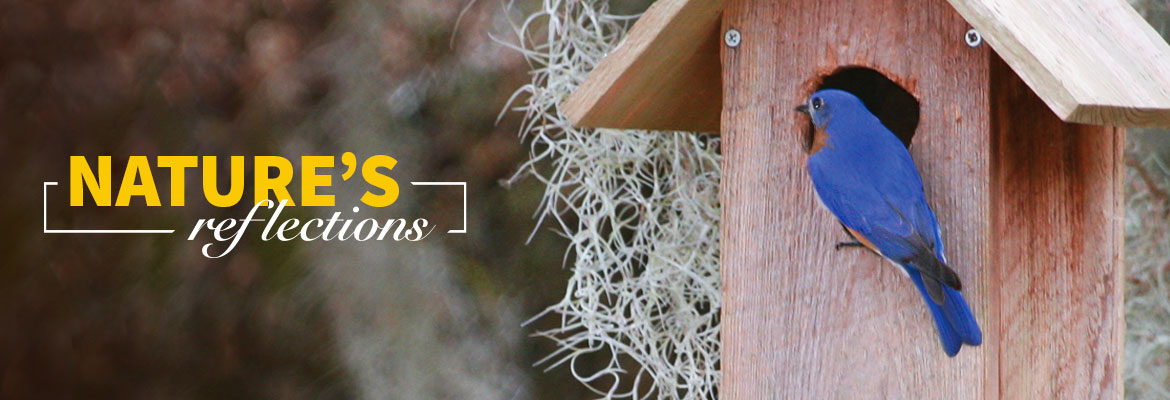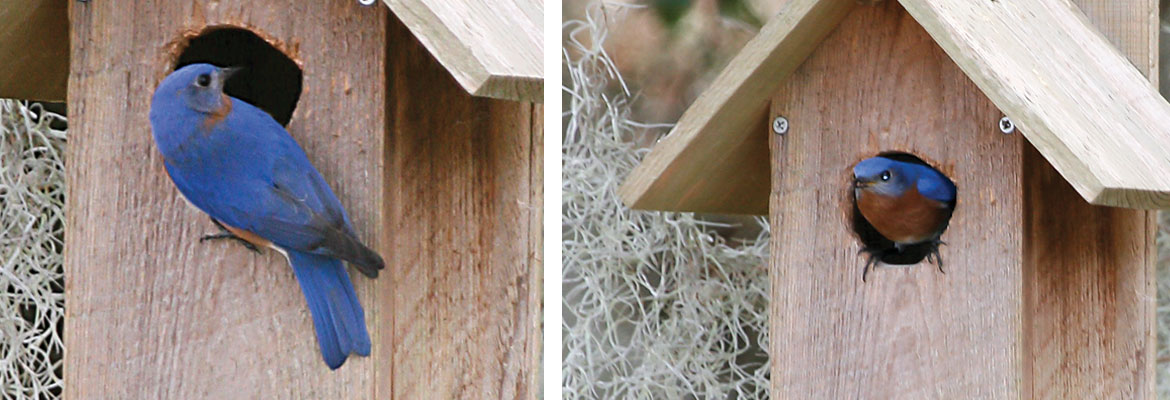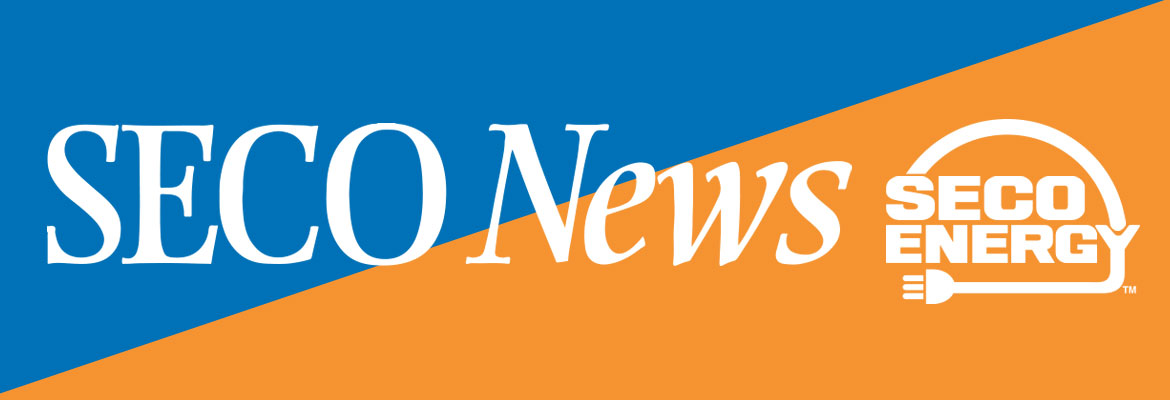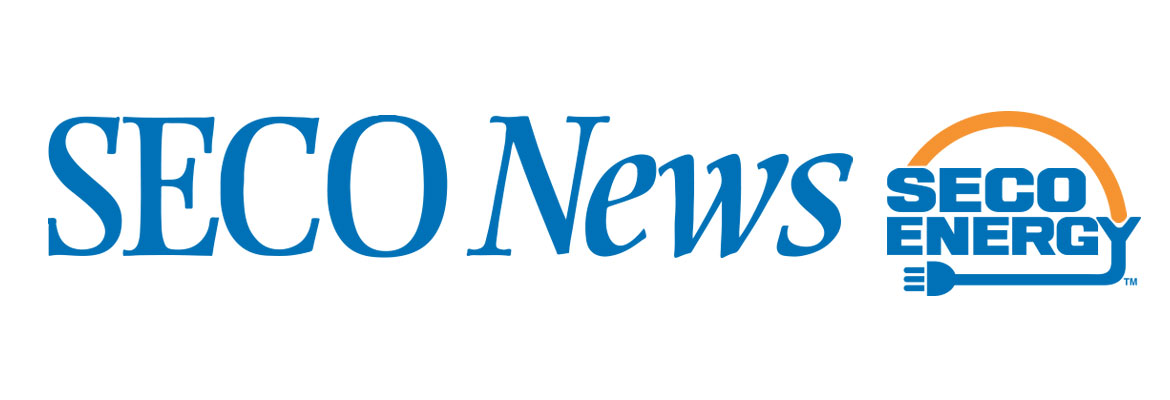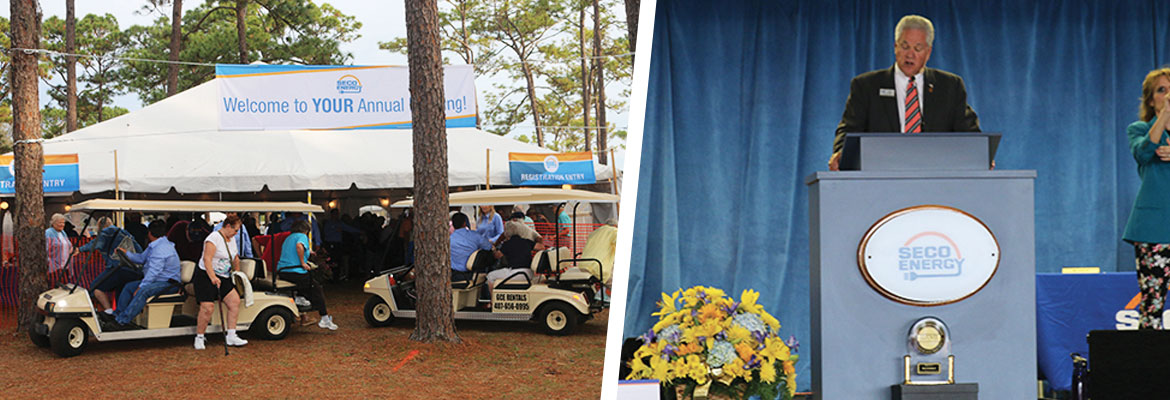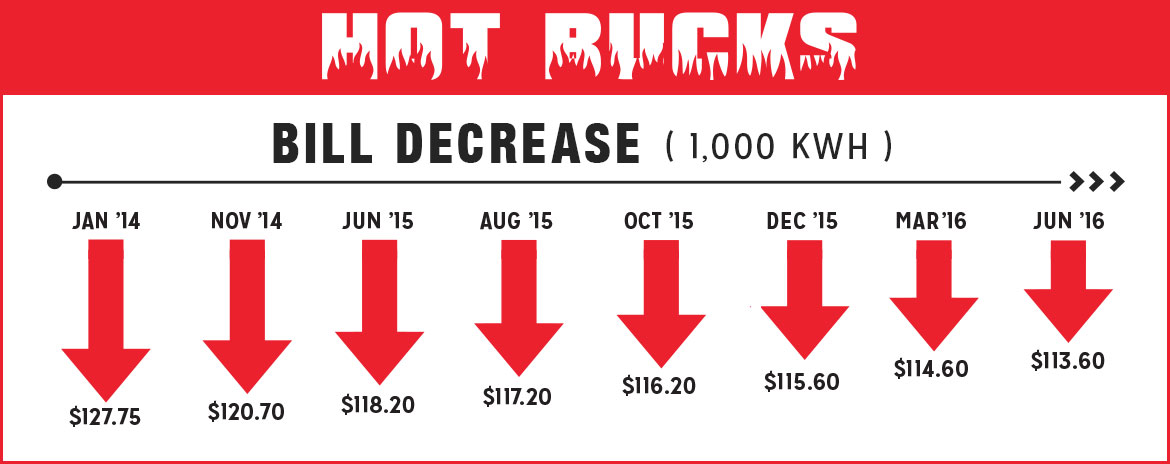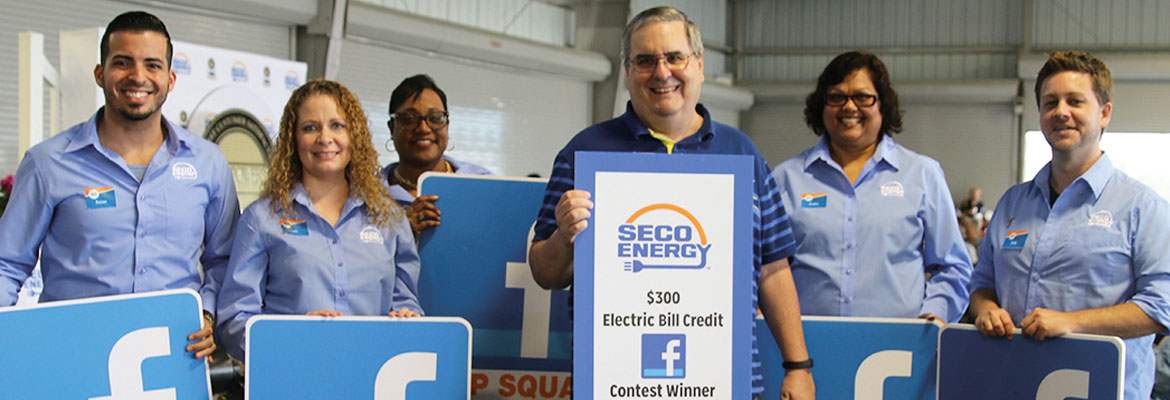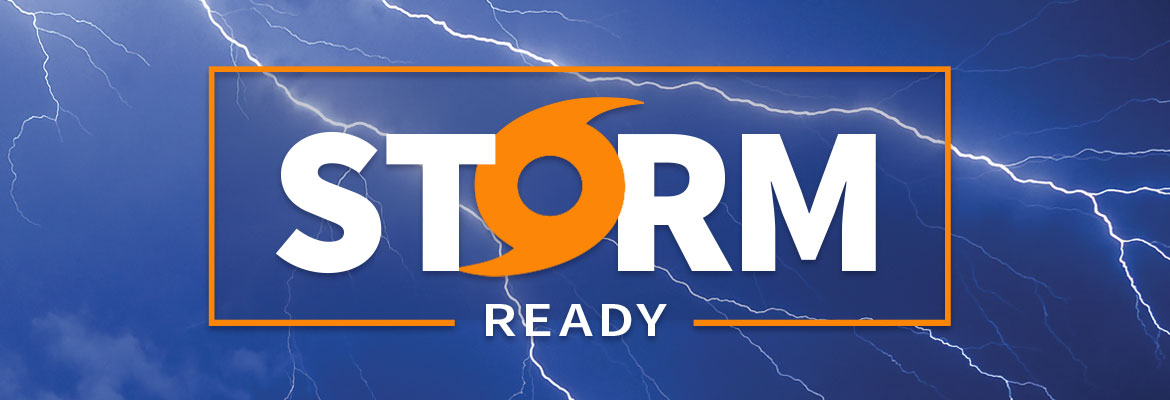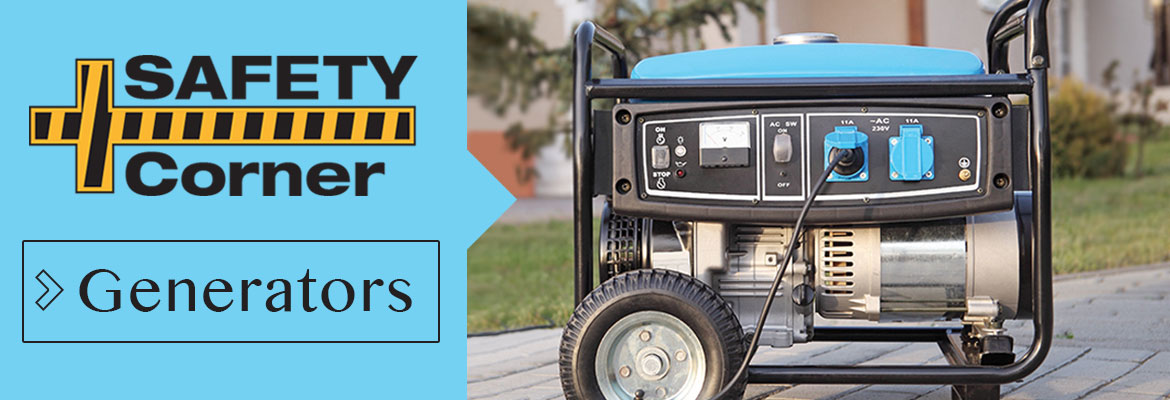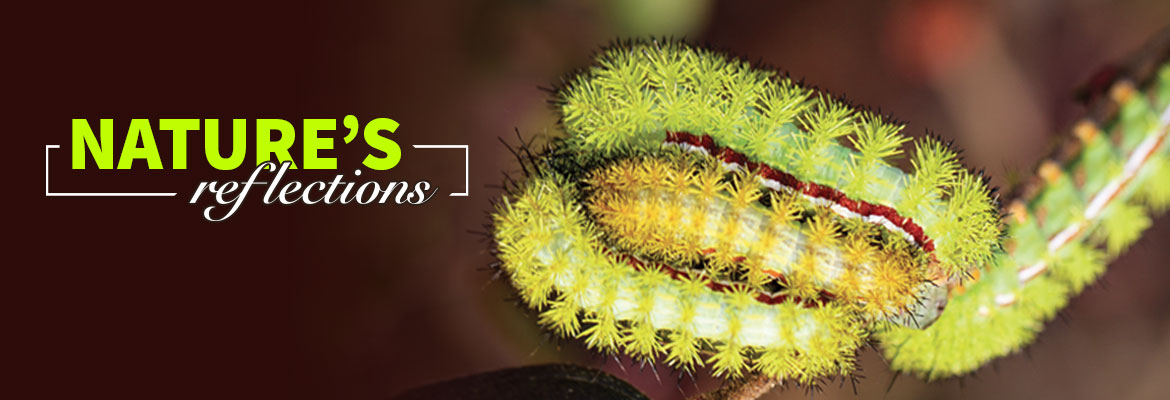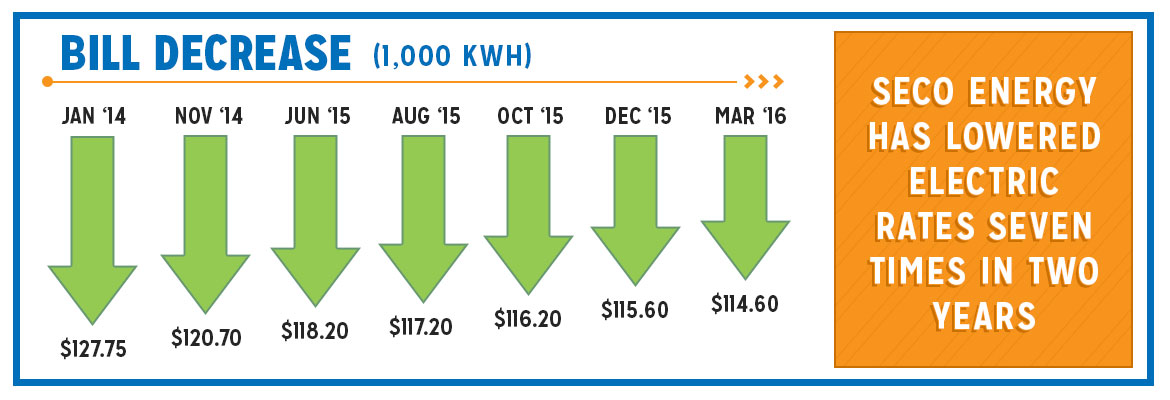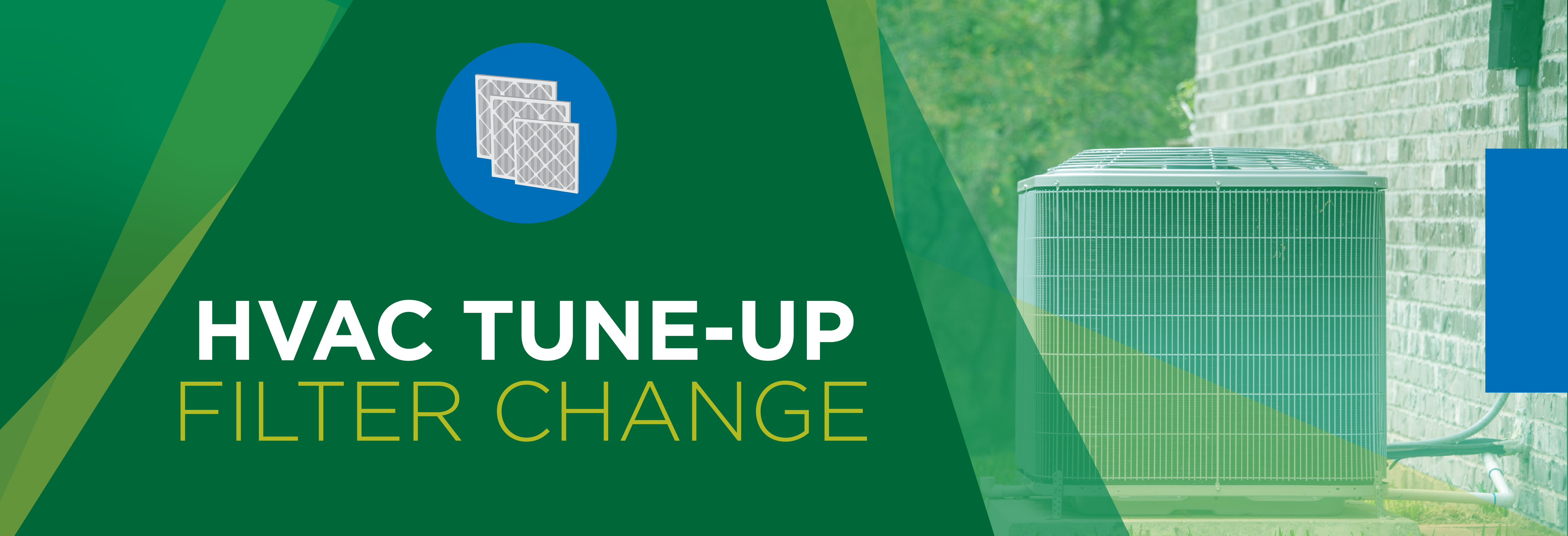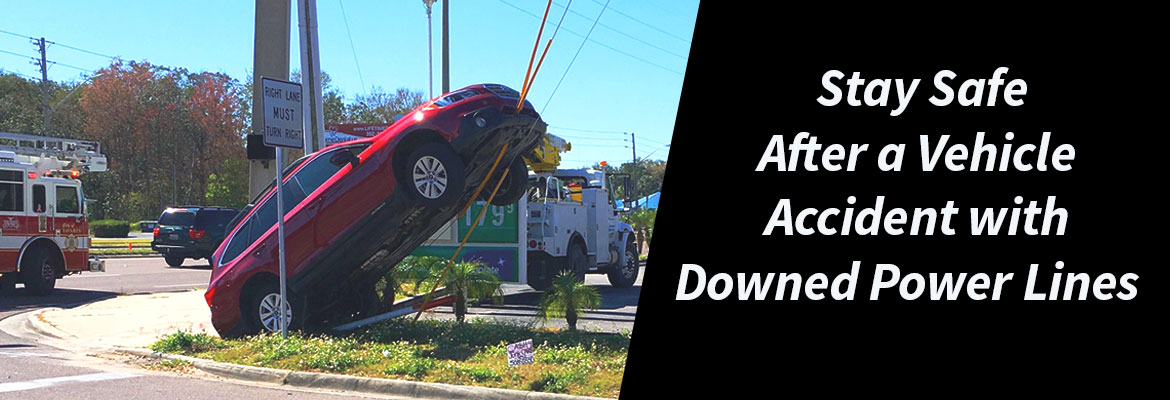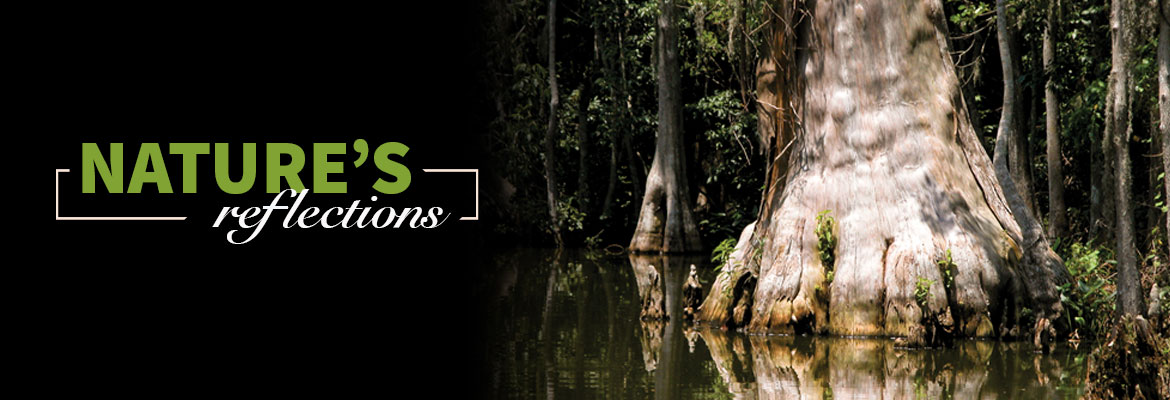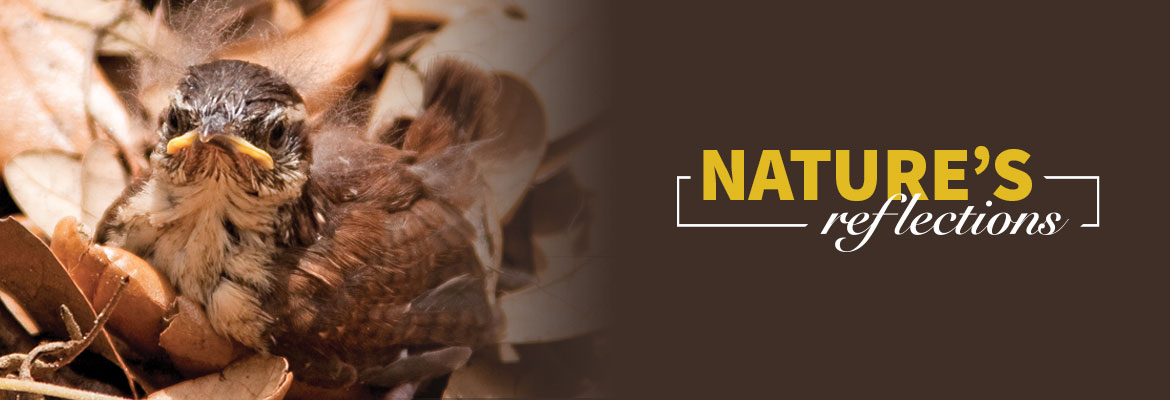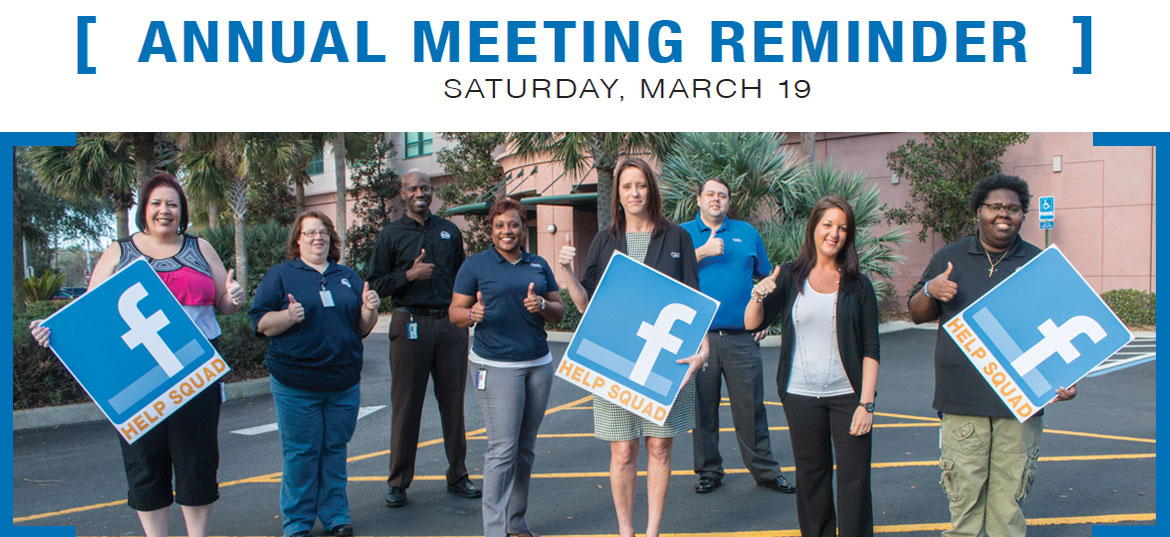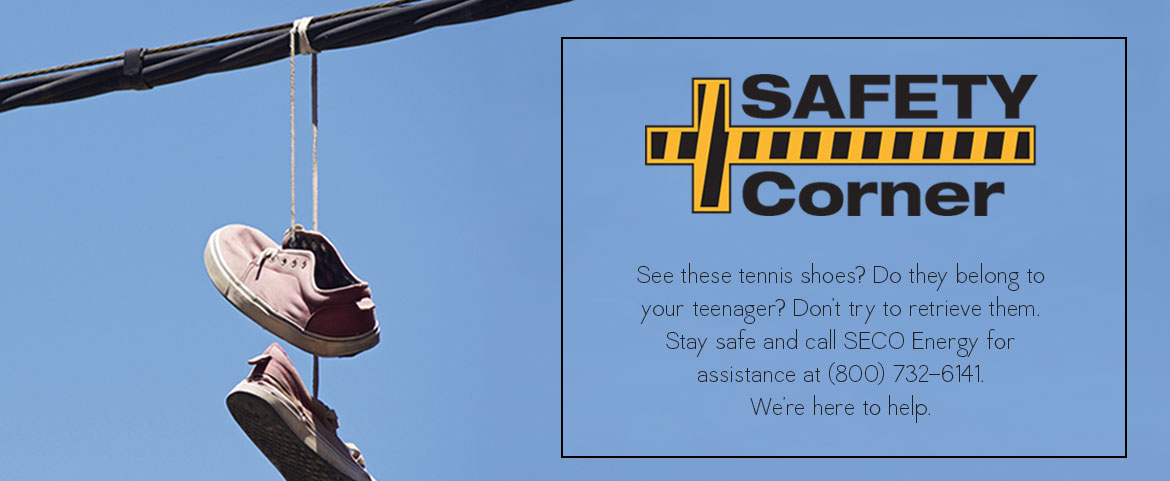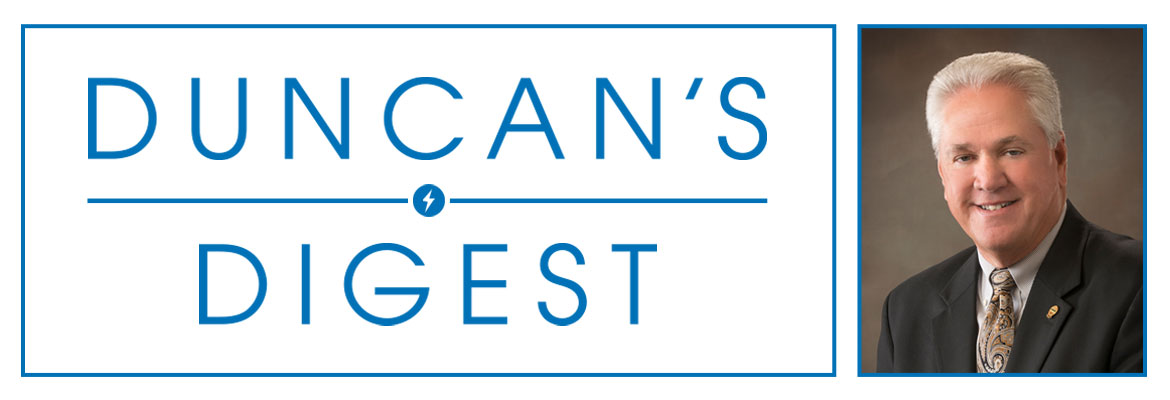
If the warmer than normal Spring is any indication, it looks like another hot Florida summer is just around the corner. As Floridians know, hurricane season started on June 1st. I want to assure you, our members, that SECO Energy and its employees are “Storm Ready.”
From the members’ perspective, what does that mean? Storm Ready doesn’t begin with storm season; Storm Ready is designing, building and maintaining a reliable system that delivers power to SECO members rain or shine. Supported by a number of behind-the-scenes departments, the employees from our Operations department – the good guys in the white hats – are the cavalcade of employees and their trucks that members look for during a service interruption. These employees work diligently to restore power quickly and safely. In the meantime, our member service employees stand ready to take your calls, and our Corporate Communications folks update website and social media communications to provide the latest information on outage statuses.

Restoring power quickly during storm season is only a small portion of SECO’s reliability focus. Our employees and contractor partners continually inspect, maintain and upgrade existing facilities. In 2015, we inspected 19,923 distribution poles and replaced 3,208 of them. To improve data communication between substation equipment and our System Operations Center, SECO upgraded to fiber optic communications for data transfer. The System Operations Center is manned 24 hours a day, 7 days a week and stands ready to assist members outside of normal business hours.
To maximize outage prevention efforts, we must first identify the most frequent causes. Tree-related outages are the number one reason why members lose power (small animal incidents take a close second). In the last decade, SECO has focused on creating a comprehensive vegetation management program and has dramatically reduced power outages related to trees. For nine years running, SECO has been nationally recognized as a Tree Line USA Utility by the National Arbor Day Foundation.
This is only a small overview of the accomplishments and responsibilities related to outage prevention and restoration. Daily afternoon storms are coming soon, so get to know SECO’s Storm Center by visiting SECOEnergy.com where members can report power outages and watch for updates on restoration efforts in your area. “Like” SECO’s page on Facebook and follow SECO on Twitter for instant updates and news releases. Lastly, visit secoenergy.com to review our Emergency Checklist to ensure you and your family are Storm Ready too.

Commitment to Community
As a not-for-profit electric cooperative, SECO Energy supports its members and the communities it serves by engaging in charitable projects. SECO employees also embrace their communities by volunteering hundreds of hours of their personal time on charitable projects they choose to support. Whether it’s coaching youth sports, running 5K races or volunteering for (and pledging to) United Way, members can find our SECO employee volunteers out and about building stronger communities.
This spring, SECO and its employees participated in events that showcased our beautiful outdoor spaces, contributed to the fight against cancer and awarded financial assistance to young scholars beginning their college careers.
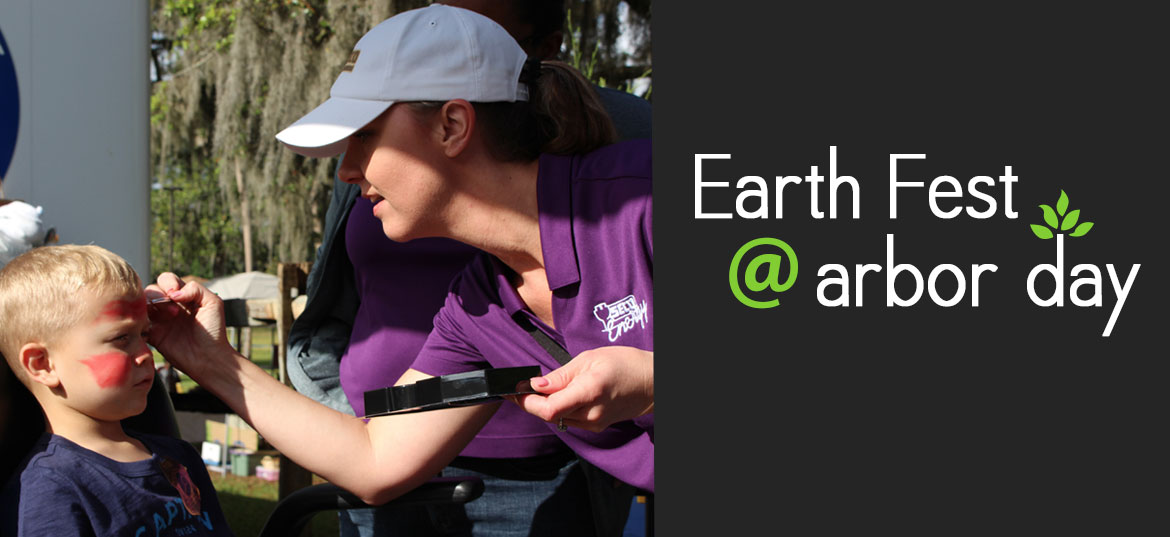
Earthfest at Arbor Day
In April, SECO Energy’s Vegetation Management team celebrated the great outdoors at the Earthfest at Arbor Day event in downtown Ocala’s Tuscawilla Park. Families enjoyed the lovely spring weather, food, crafts, demonstrations and live entertainment. The SECO team gave away several hundred trees and children loved the face painting, coloring books and additional giveaways.
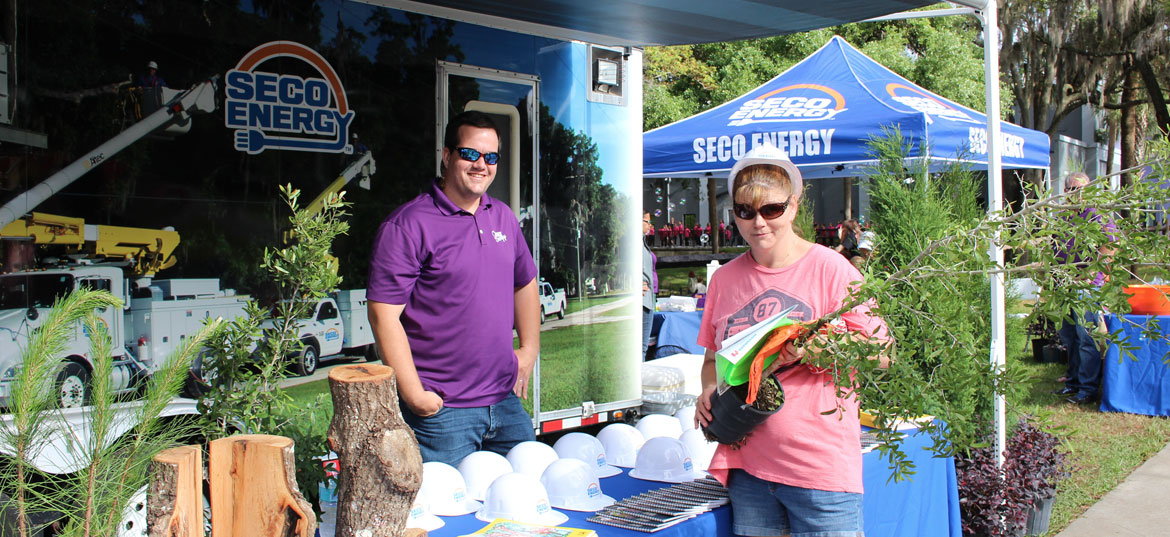
Visitors took the opportunity to ask our Certified Arborists for tree-care tips and for planting advice for the trees they took home. Supported by our partners, ACRT and Nelson Tree, SECO has been a proud recipient of the Tree Line USA distinction by the National Arbor Day Foundation for nine years.
Sumter County’s Relay for Life
In late April, the SECO Relay for Life team participated in the American Cancer Society’s fundraiser. Relay for Life is the American Cancer Society’s signature event. It raises donations for cancer research as well as support for cancer patients and their caregivers.
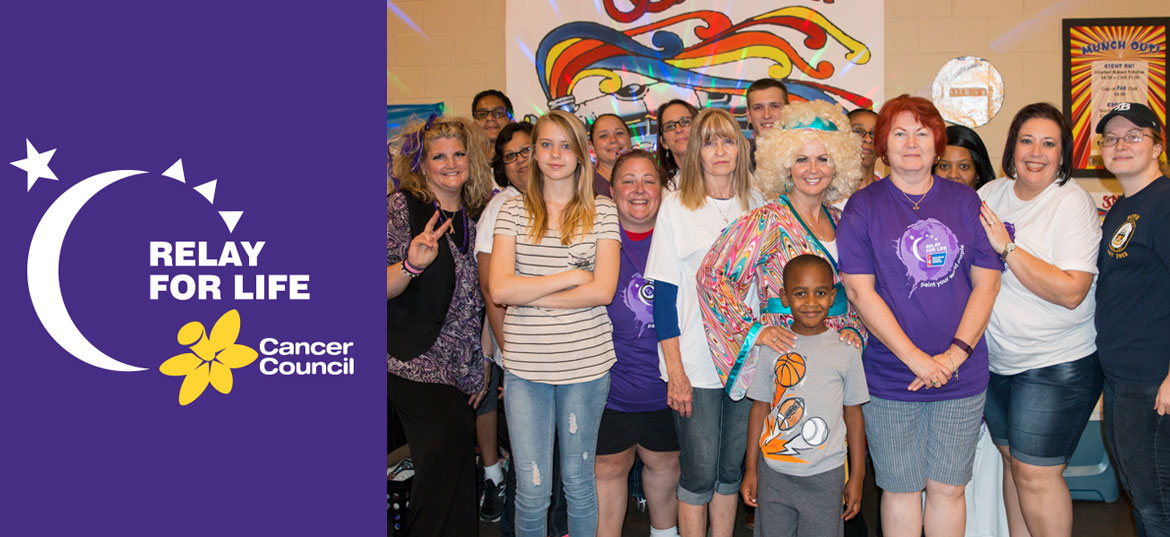
This year’s theme was “Stopping Cancer in its Tracks,” inspired by the iconic television show Soul Train. SECO team members and other volunteers boogied through the night and into the morning to represent their commitment to continue the fight against cancer. Our SECO team’s fundraising efforts paid off, raising over $12,000 for the American Cancer Society.
Scholarship Program
Now in its 20th year, the SECO Board of Trustees approved $36,000 for deserving high school seniors. The 12 students from our service area were each awarded a $3,000 scholarship.
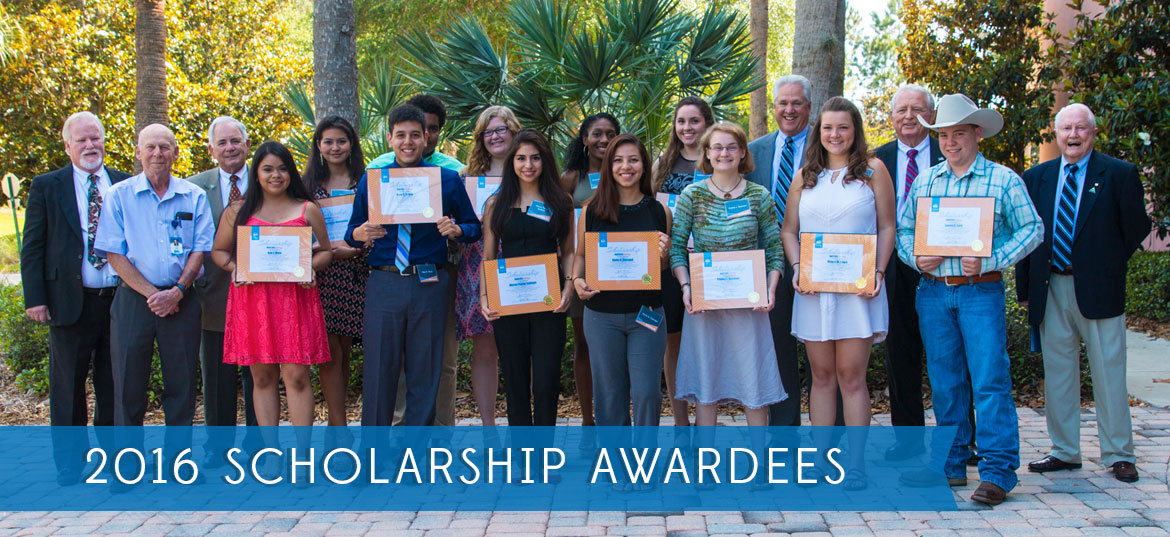
This year the seniors and their families were honored with a reception at SECO’s headquarters on May 23rd. Visit SECOEnergy.com to see their names and photos. Since beginning the program, SECO has awarded 257 scholarships totaling over $500,000 to young people whose families’ energy needs are served by SECO.
As a member, how can you help your community and fellow members in need? Enroll in SECO Energy’s Pennies from Heaven program. Pennies from Heaven automatically rounds up your bill to the nearest dollar amount. The extra pennies (which average about $6 annually) are donated to the Pennies from Heaven program. Every cent collected is distributed here in our local communities and to our members for bill payment assistance.
Enroll online at SECOEnergy.com under Your Co-op > Community > Pennies from Heaven. Or you can call us at (352) 793-3801 or email customerservice@secoenergy.com to enroll.

Energy Saving Tip
The heat leading up to the 2016 Florida summer is here, and The Old Farmer’s Almanac predicts that June will be a little hotter than normal. Now is a perfect time to have your HVAC unit serviced to ensure your unit is running efficiently before summer gets into full swing. Change your filter regularly too. Order discounted filters (free shipping) from filterchange.coop.
Programmable thermostats offer preprogramed settings to regulate the temperature in your home. Installing a programmable thermostat can help homeowners reduce their energy usage and save on electric bills.
A programmable thermostat will adjust the times that the air conditioning or heating system operates. Most new programmable thermostats adjust while you are away during the day, while you are sleeping, have vacation mode and include an app that allows you to adjust on the fly.
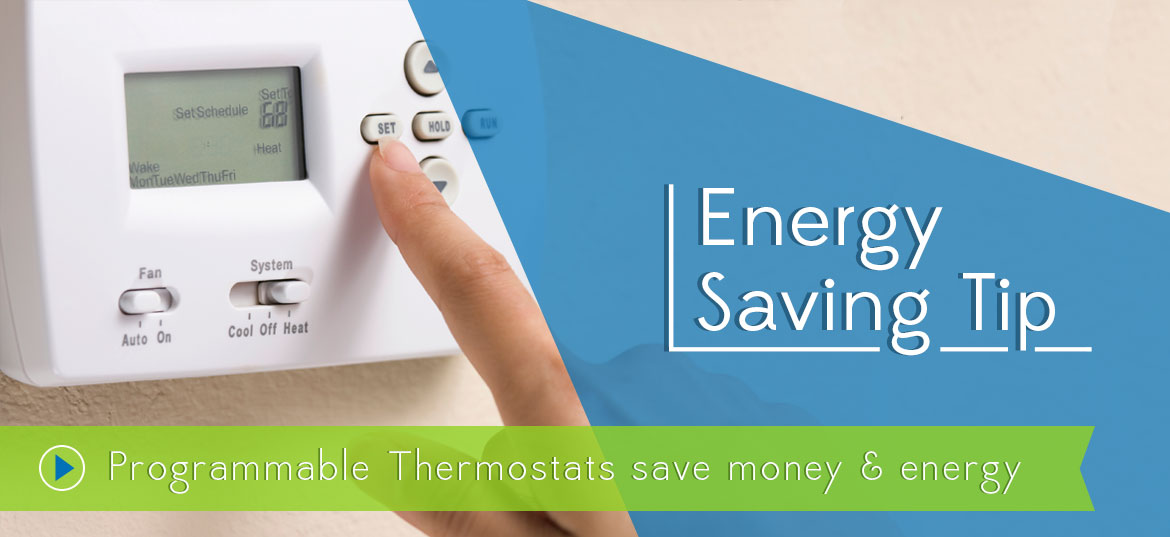
The energy.gov website reports consumers can save between 5 and 15 percent on electric bills by using a programmable thermostat. For the most savings, set the thermostat to adjust the temperature in portions of time at least four hours in length.
If you have additional questions about installing a programmable thermostat, you should contact a certified HVAC contractor for assistance. [237021] As a member of SECO Energy, your Co-op Connections card offers discounts to many local businesses. Look for a local HVAC contractor that offers members a discount by visiting www.connections.coop.
Looking for more ways to save energy and reduce your electric bill? Please contact us at (352) 793-3801 or email energyservices@secoenergy.com to learn more ways to save energy and reduce your electric bill.

Expressions
Recently we had the honor and privilege to participate at the Annual Meeting of SECO Energy. We sincerely hope that we provided what was expected and in a manner that dignified the occasion. The donation was extremely appreciated and will be used to aid needy veterans. Should we be of any future service, please contact us.
Sincerely,
Donald Saylor
Commander – Honor Guard, VFW Post #4337
Inverness, FL
Want you to know how much I appreciate SECO. Your company goes far beyond what is expected. Thank you for fighting to keep our cost down. I am on Social Security; it is a blessing to see a low electric bill.
Thank you again & God Bless,
Mrs. Barbara Marsh
Ocala, FL
